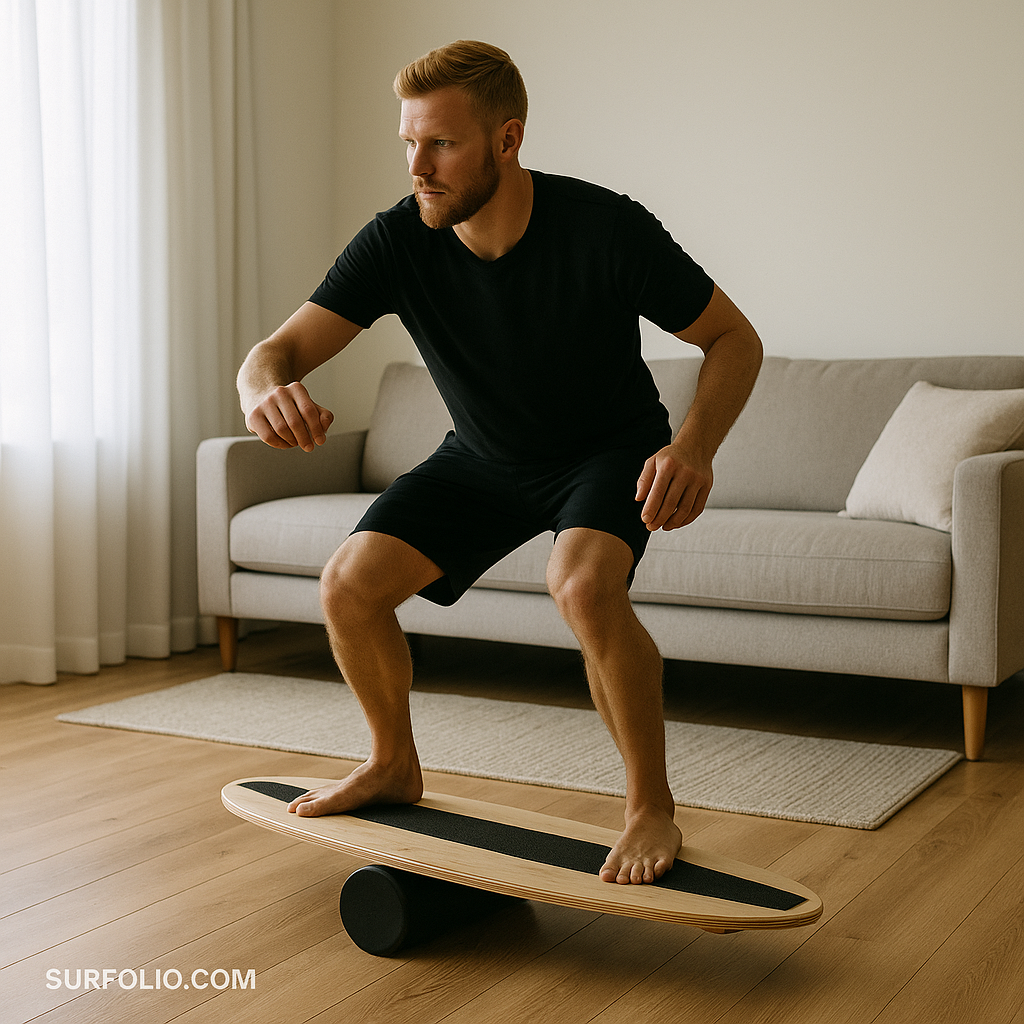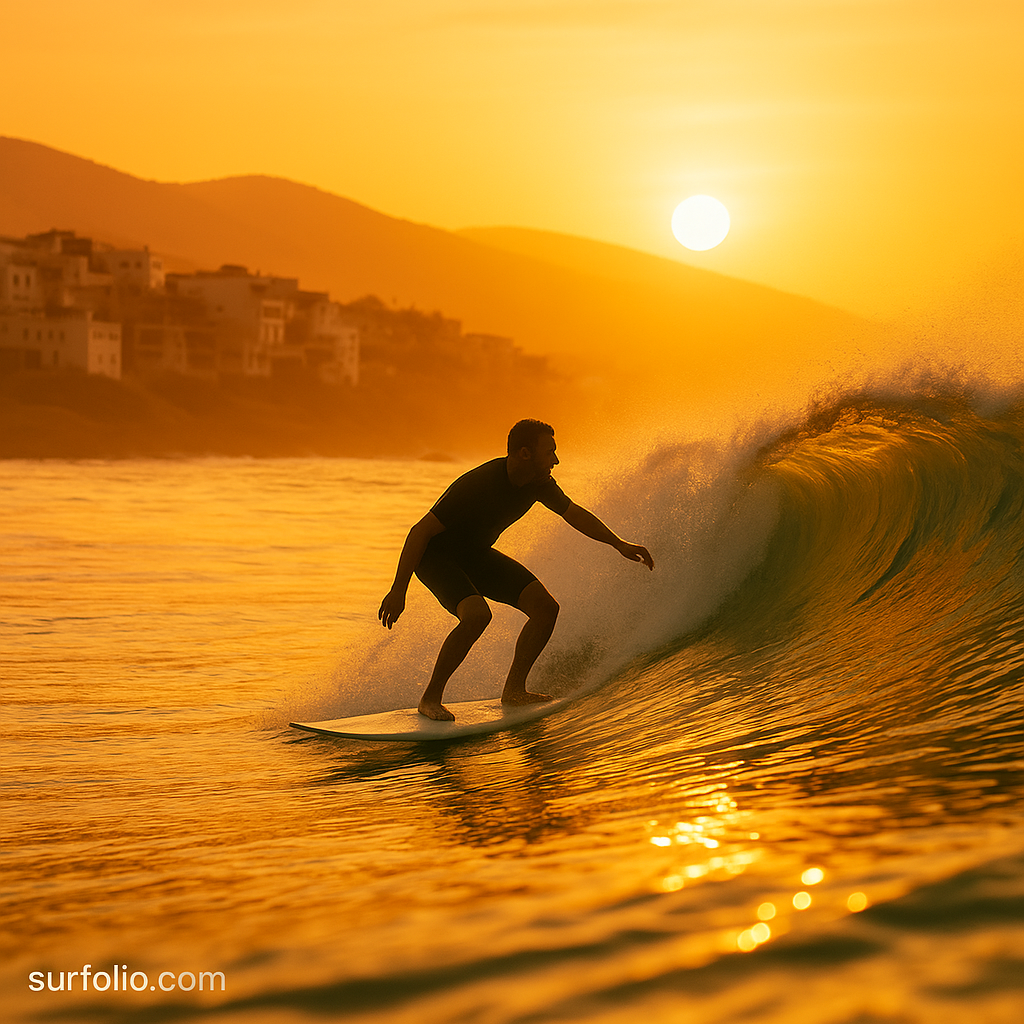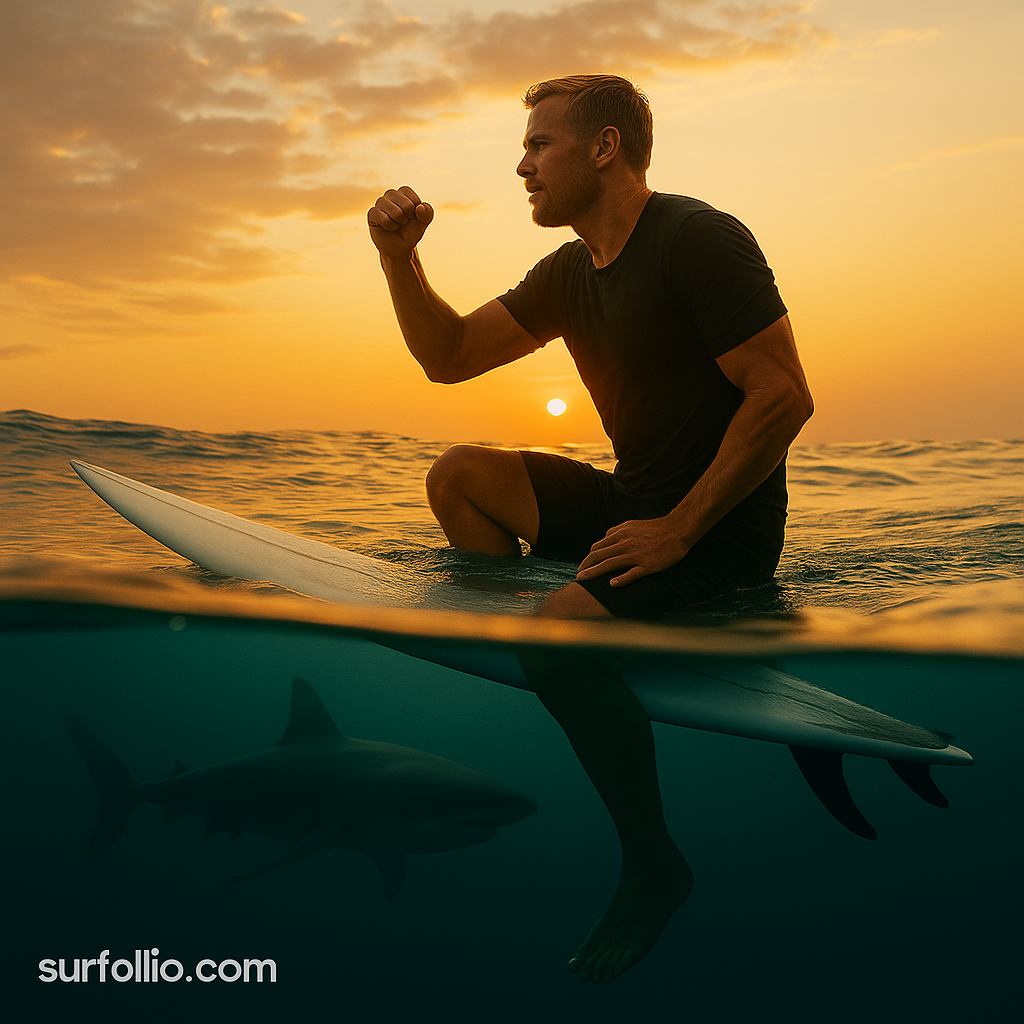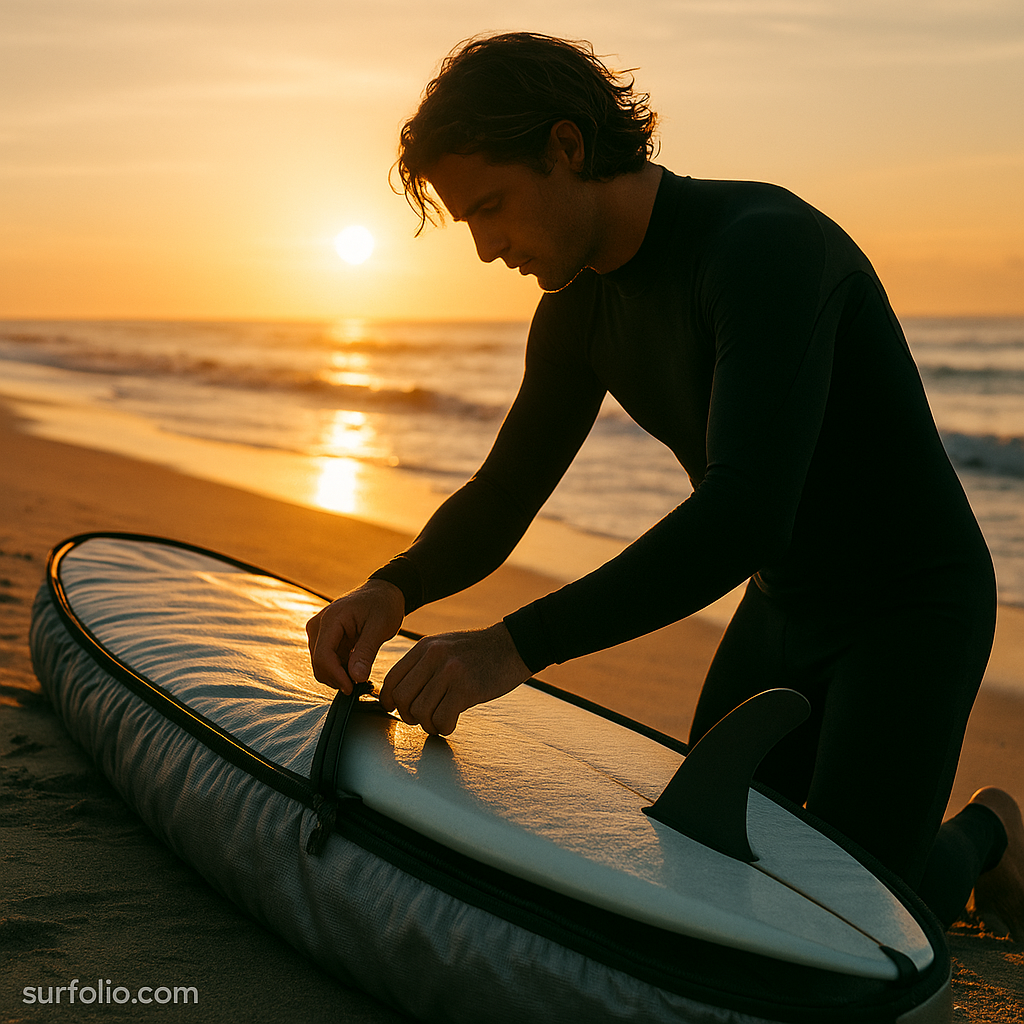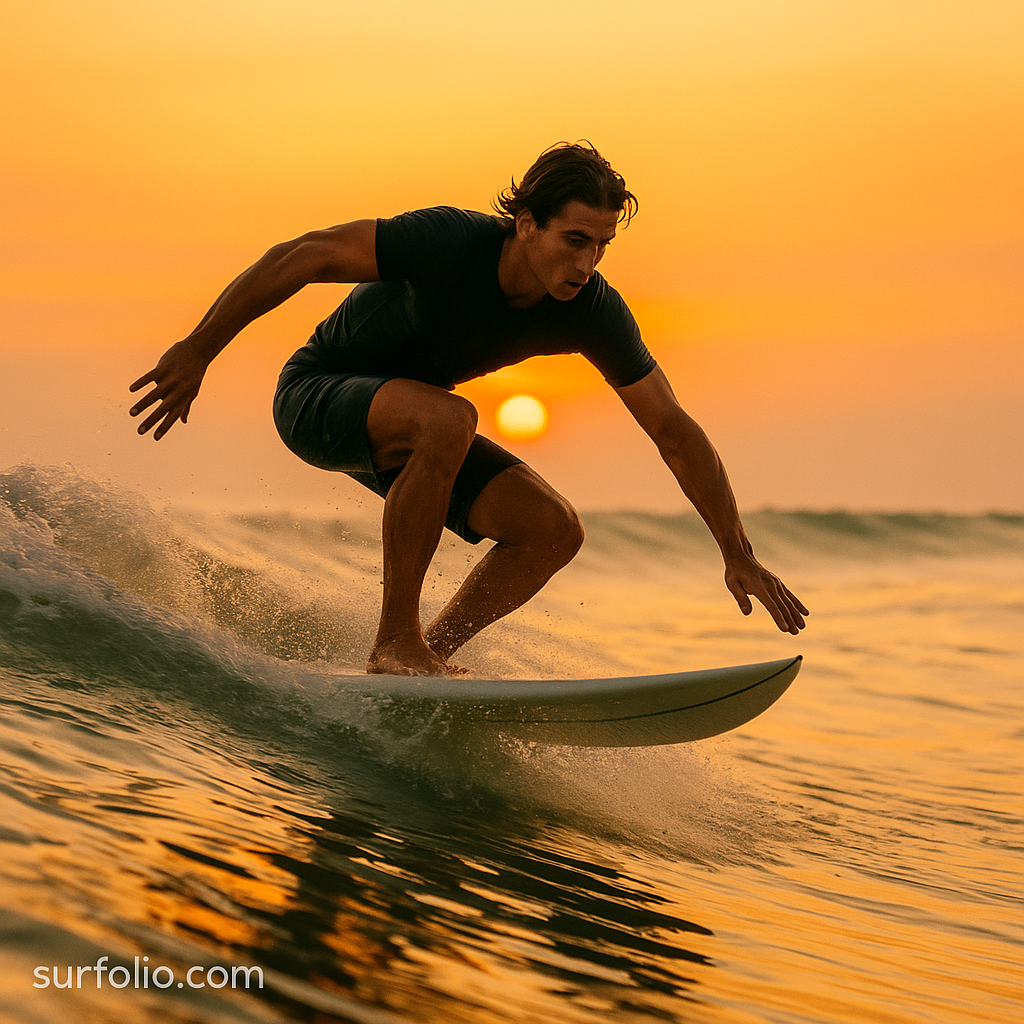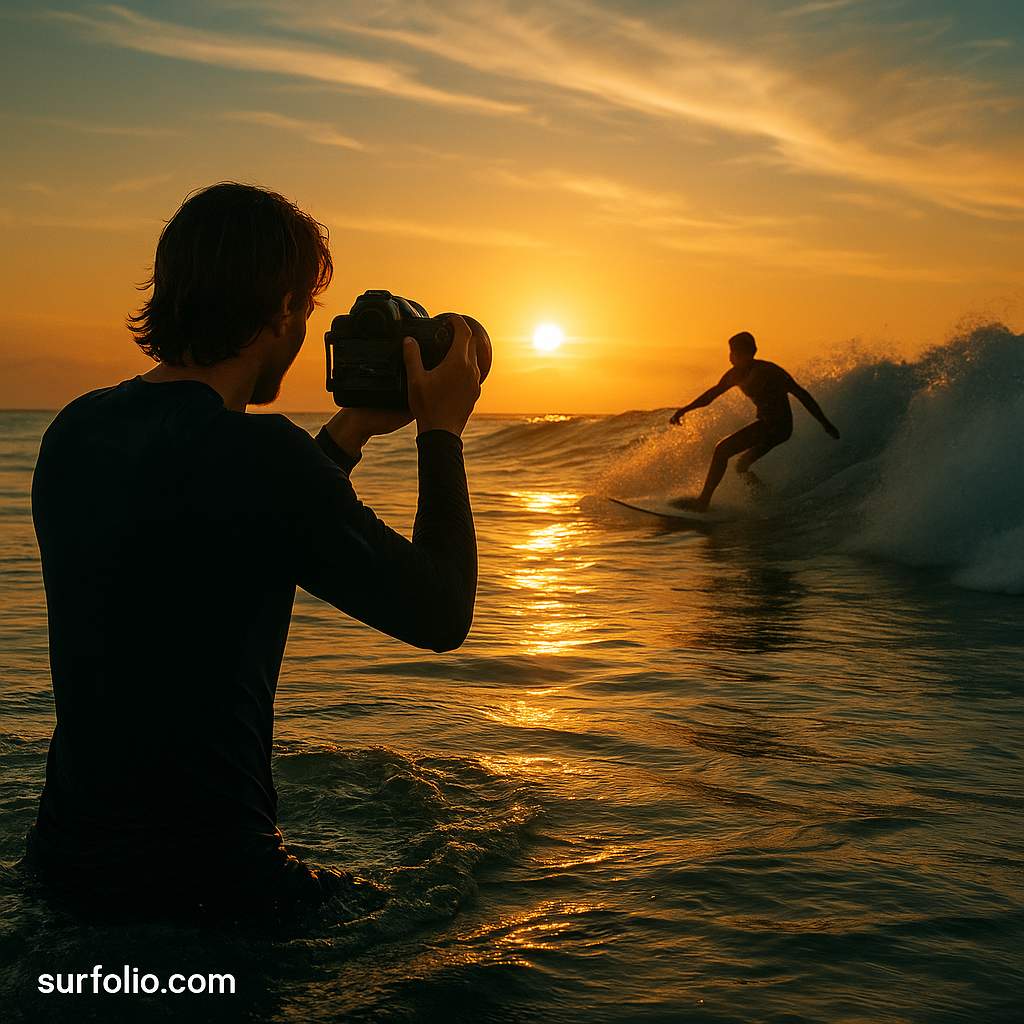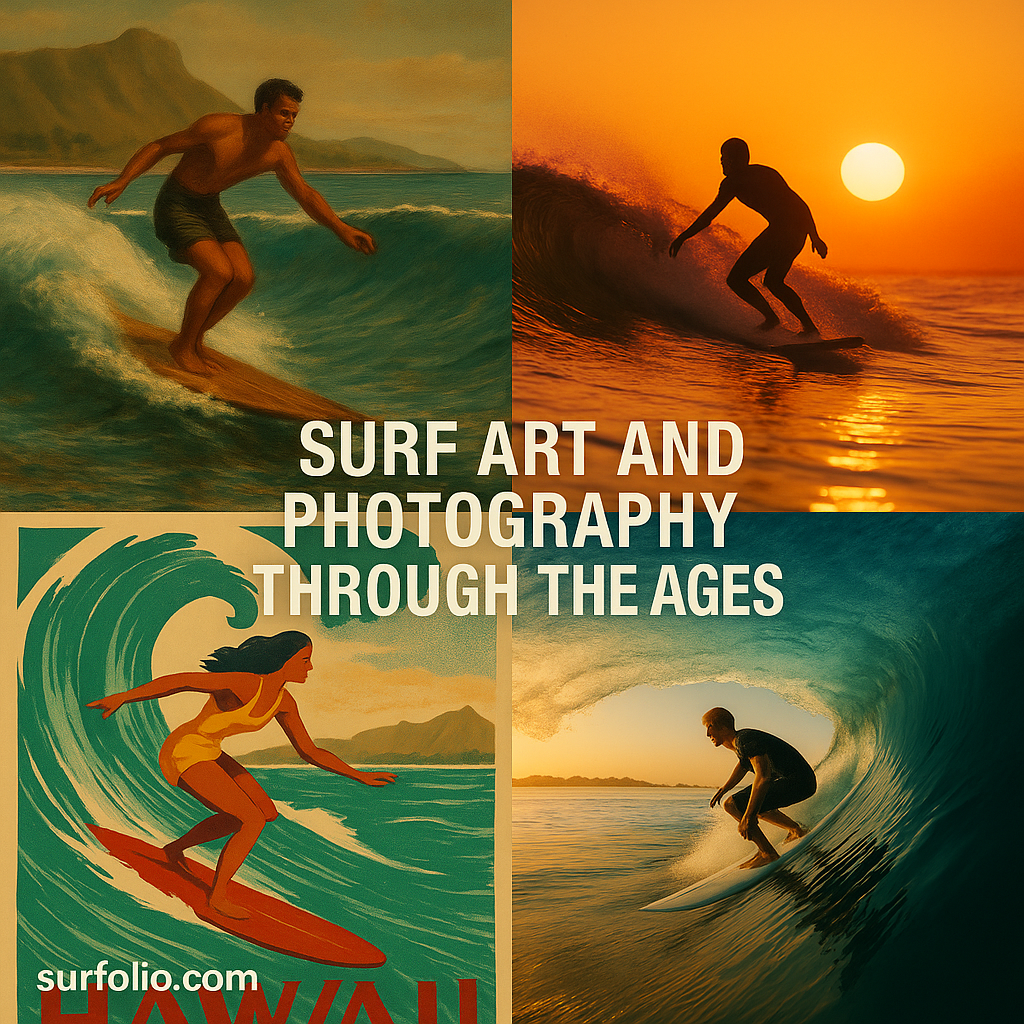
Surfing isn’t just a sport—it’s an art form. For centuries, artists and photographers have tried to capture the power, freedom, and beauty of the ocean through their lenses and brushes. The evolution of surf art and photography tells the story of how surfing has grown from a cultural tradition into a global movement that inspires creativity worldwide.
Continue reading “Surf Art and Photography Through the Ages”
